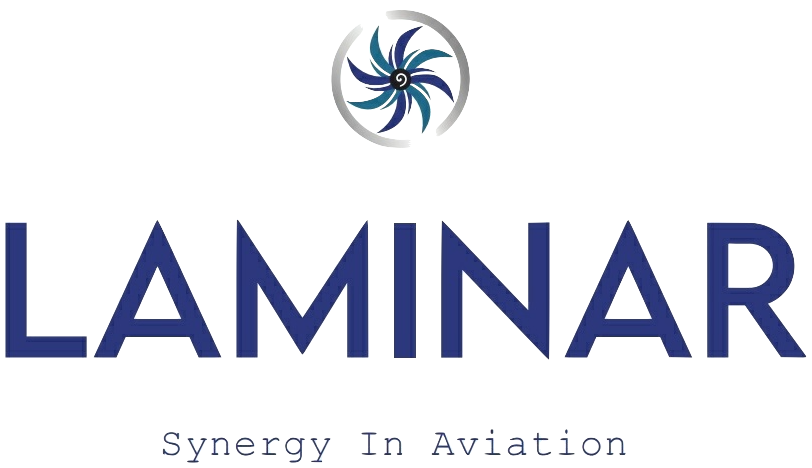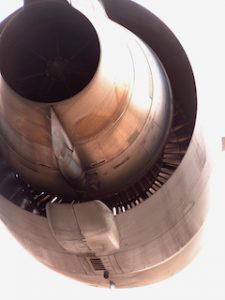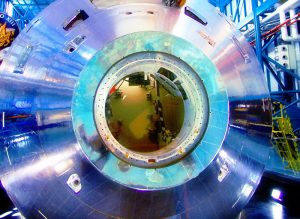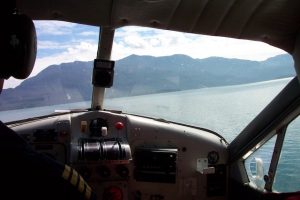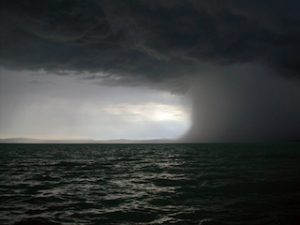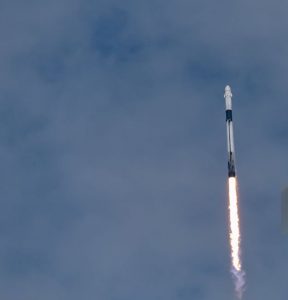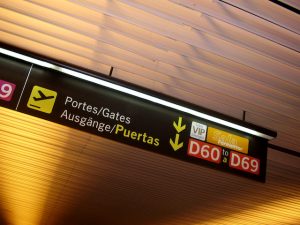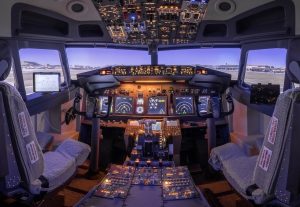Guide To Private Jet Charter Cost
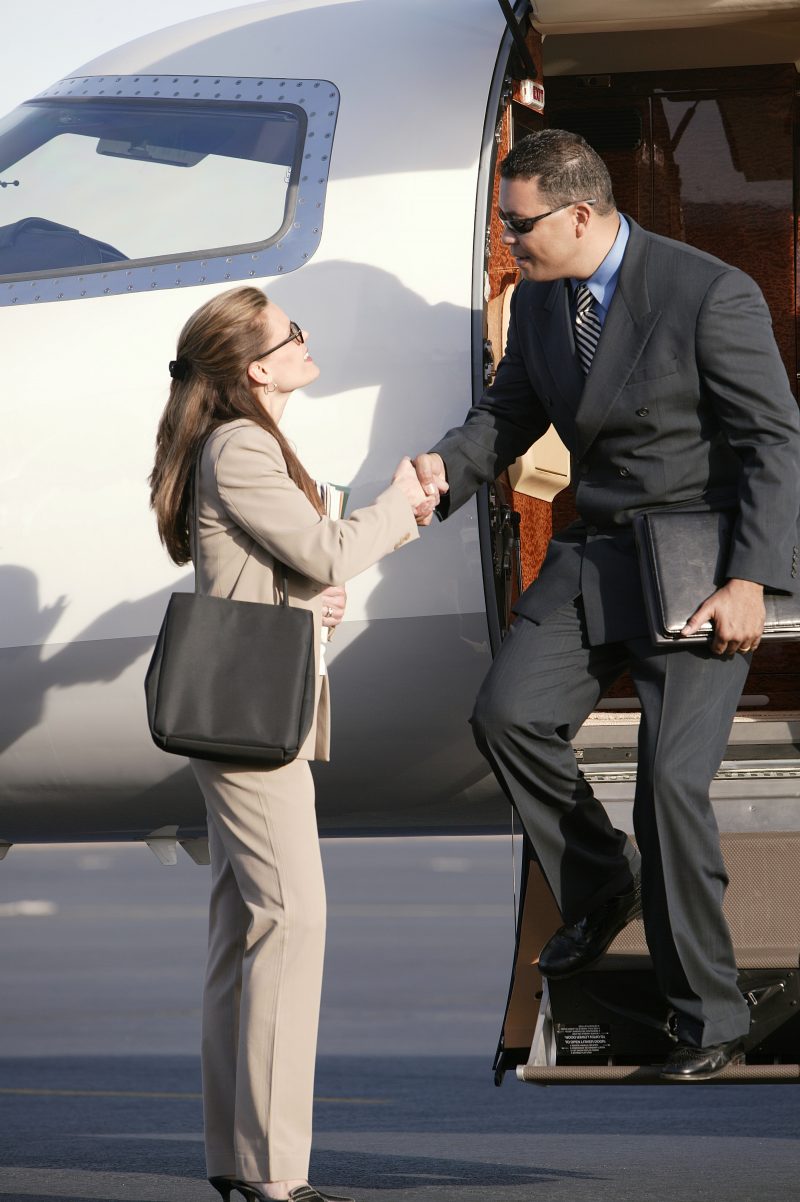 When considering a private jet charter, one of the first aspects to understand is the cost. Private jet charter prices vary significantly based on several factors. This guide outlines the main elements that contribute to the cost of private jet services.
When considering a private jet charter, one of the first aspects to understand is the cost. Private jet charter prices vary significantly based on several factors. This guide outlines the main elements that contribute to the cost of private jet services.
Factors that influence private jet charter cost
Private jet charter cost depends on various factors that can fluctuate with demand, flight distance, and time. Understanding these key factors helps give a clearer idea of how much to expect.
-
- Aircraft type: The type of aircraft chosen is the primary factor influencing charter prices. Smaller jets, such as light jets, are typically more affordable than larger, long-range aircraft like heavy jets or super mid-size jets. Light jets accommodate fewer passengers and have shorter flight ranges, which generally result in lower operational costs. On the other hand, larger jets are built for longer distances and higher passenger capacity, which raises the price.
- Flight distance: Longer flights tend to cost more than shorter ones. Private jets consume more fuel over greater distances, adding to the cost of the flight. For flights within the same region, chartering a smaller jet will often be more cost-effective. However, for long-haul international trips, larger jets are more efficient and better equipped for long-duration flights, but they come with higher price tags.
- Aircraft age and condition: Newer aircraft often cost more to charter than older ones. This is due to several factors, including maintenance costs and the level of luxury and technology available. Older jets may be cheaper but could lack the advanced amenities and newer features found on modern jets. The condition of the jet also plays a role in determining the price, as well-maintained jets will incur fewer maintenance costs, translating to lower overall charter fees.
- Time of year: Just like commercial airline fares, private jet charter costs fluctuate based on the time of year. Peak travel seasons, such as holidays and vacation periods, tend to drive up demand for private jets. This increase in demand may lead to higher prices. On the other hand, during off-peak seasons, when fewer people are flying, you might find better deals.
- Flight duration:The total time a jet is in use directly impacts the overall cost. This includes the duration of both the flight and any ground time. If you require the jet to remain available at your destination, the operator may charge additional fees. This could include fees for waiting times and crew accommodations. Shorter flights, especially those that only last a few hours, tend to be more economical.
- Additional services: Luxury services and amenities come with an extra charge. For instance, catering, ground transportation, and concierge services can all add to the cost of the charter. If you opt for a premium service package, these additional services can substantially increase the price. Depending on your needs, it’s wise to inquire about these extras when getting a quote.
- Airport fees: Airport fees can vary widely depending on the airport location and the facilities used. Major international airports generally have higher fees compared to smaller regional airports. This includes landing fees, parking charges, and passenger handling fees. These fees can add hundreds or even thousands of dollars to the cost of your private jet charter.
Private jet charter cost structure
Understanding the cost structure of private jet charter services can help you budget effectively for your flight. Typically, private jet charter costs are broken down into three main categories: hourly rates, positioning fees, and one-way fees.
- Hourly rates: The hourly rate is the most straightforward component of private jet charter pricing. This rate depends on the aircraft type and its operating costs. Light jets typically charge between $2,000 and $3,500 per hour. Larger jets, such as heavy jets, can cost anywhere from $5,000 to $10,000 per hour or more. The hourly rate includes the cost of fuel, crew salaries, maintenance, and other operating expenses.
- Positioning fees: Positioning fees are charges associated with moving the jet into position for your flight. If the jet is not located at the airport nearest to you, it may need to fly from a different location to pick you up. This repositioning is an additional cost and is usually billed at the hourly rate. Positioning fees can add substantial costs to a charter, especially if the jet needs to travel a long distance to reach your departure point.
- One-way fees: One-way flights are another factor to consider when estimating the cost of a private jet charter. A one-way flight means that the aircraft will need to return to its base or another location after dropping you off. Many operators charge a one-way fee to cover the return flight, which may not carry passengers. This charge helps to offset the cost of the empty leg of the flight.
Private jet charter cost for different aircraft types
To better understand what to expect, it’s useful to examine the cost breakdown for different types of private jets. The following outlines the estimated hourly charter rates for various aircraft.
1) Light jets
Light jets are the most economical option for small groups or short-distance flights. These jets generally seat 4 to 8 passengers and are ideal for regional travel. Hourly rates for light jets typically range from $2,000 to $3,500.
Popular light jet models include:
-
- Cessna Citation Mustang
- Embraer Phenom 100
- Learjet 75**
2) Midsize jets
Midsize jets offer more space and comfort for longer flights, typically seating 6 to 9 passengers. They are suited for cross-country travel and can handle longer distances than light jets. Hourly rates for midsize jets generally range from $3,500 to $5,500.
Popular midsize jet models include:
-
- Hawker 800XP
- Learjet 60
- Citation XLS
3) Super midsize jets
Super midsize jets are perfect for passengers seeking both comfort and range. These jets can seat up to 10 passengers and are designed for long-distance flights. Hourly rates for super midsize jets range from $5,500 to $7,500.
Popular super midsize jet models include:
-
- Bombardier Challenger 300
- Gulfstream G200
- Hawker 1000
4) Heavy jets
Heavy jets provide the most space and luxury, with the ability to carry up to 14 passengers or more. These aircraft are best suited for long international flights and offer numerous amenities. Hourly rates for heavy jets typically range from $6,000 to $10,000 or more.
Popular heavy jet models include:
-
- Gulfstream G650
- Bombardier Global 6000
- Dassault Falcon 7X**
4) Airliner jets
For large groups, airliner jets are available, but these are typically reserved for high-budget charters. They can accommodate more than 15 passengers and are ideal for international flights. Hourly rates for airliners vary widely but often exceed $15,000 per hour.
Popular airliner models include:
-
- Boeing 737
- Airbus A319**
Cost-saving tips for private jet charter
While private jet chartering is often seen as an expensive option, there are ways to reduce costs. By being strategic and flexible, you can enjoy the luxury and convenience of private air travel without overspending.
- Book in advance: Booking well in advance can often help reduce the cost of private jet travel. Last-minute bookings tend to be more expensive due to limited availability and higher demand. Securing your flight early allows you to take advantage of better pricing options.
- Consider empty leg flights: Empty leg flights, also known as “deadhead” flights, occur when a private jet is flying empty to reposition for another flight. These flights can be offered at significantly discounted rates since the operator needs to cover the costs of the empty return leg. If your schedule is flexible, empty leg flights are an excellent way to save money on private jet charters.
- Share the jet: Some jet charter companies offer shared charter options, where passengers can share a flight with others. This significantly lowers the cost per person. You can typically book a seat on these flights, reducing the overall price of private jet travel.
- Use membership programs: Membership programs provide access to discounted rates, especially for frequent flyers. Many private jet companies offer memberships that grant users a set number of flight hours or discounted rates on jet charters. This can be a cost-effective way to enjoy private jet travel for those who fly regularly.
- Opt for smaller jets: Choosing a smaller jet for your flight can make a considerable difference in cost. Light and midsize jets are more affordable compared to larger aircraft. While they may have less space and fewer amenities, they are often perfectly suitable for short to mid-range flights.
Final thoughts on private jet charter costs
Private jet charter costs are influenced by several factors, including aircraft type, flight distance, time of year, and additional services. Assess all these variables when planning a charter flight. While the price may seem steep, there are ways to save, such as booking early, using membership programs, or opting for empty leg flights. Understanding the cost structure and being strategic can ensure that private jet charter remains a luxurious yet accessible option for air travel.
